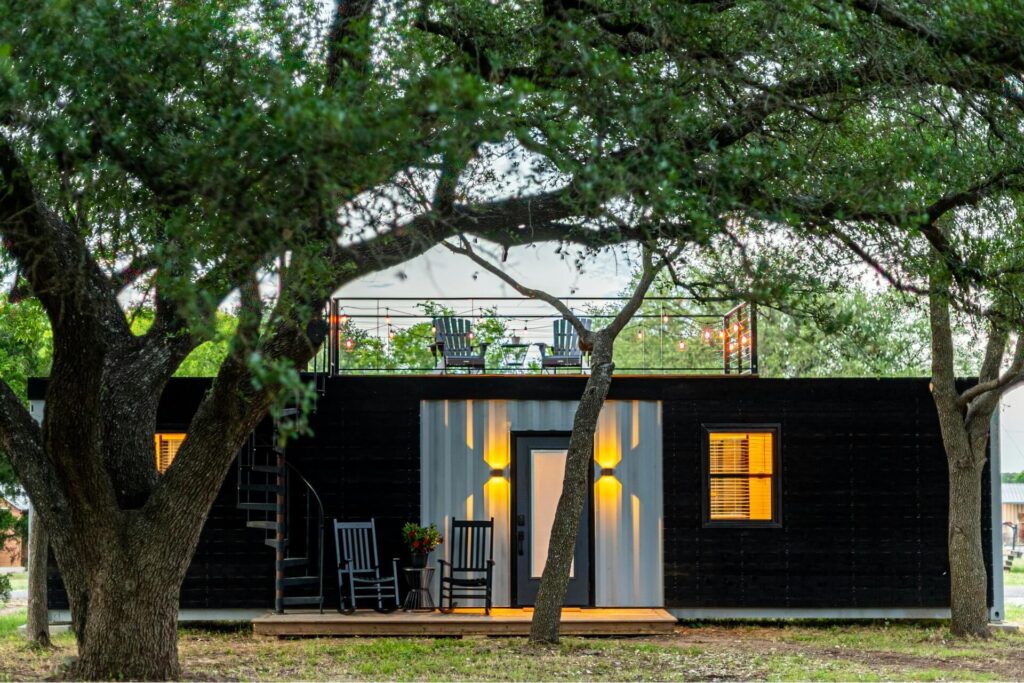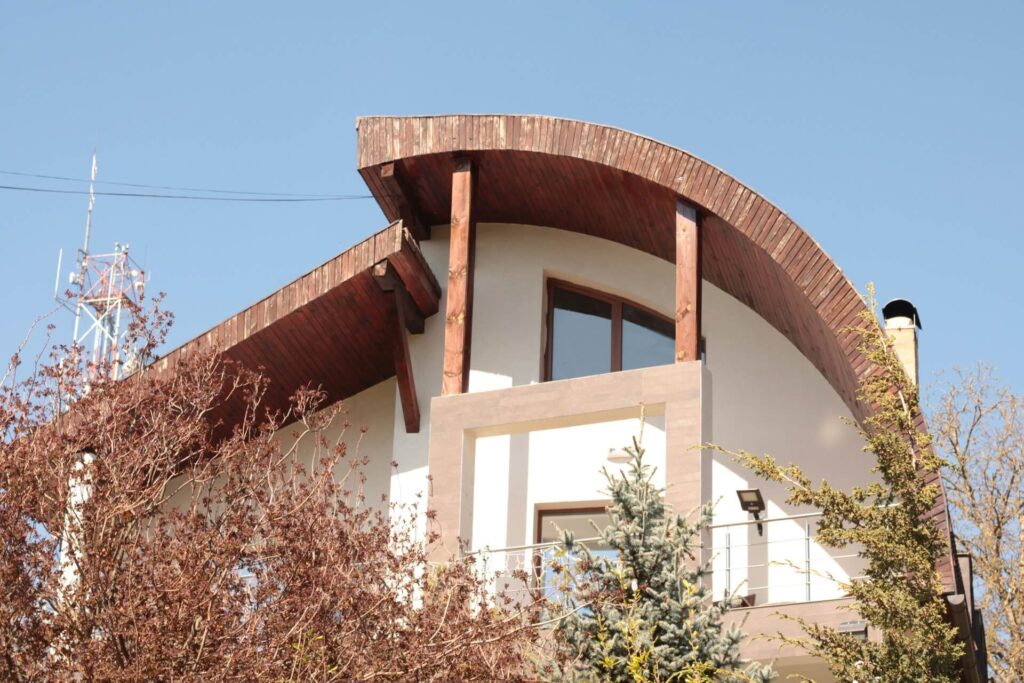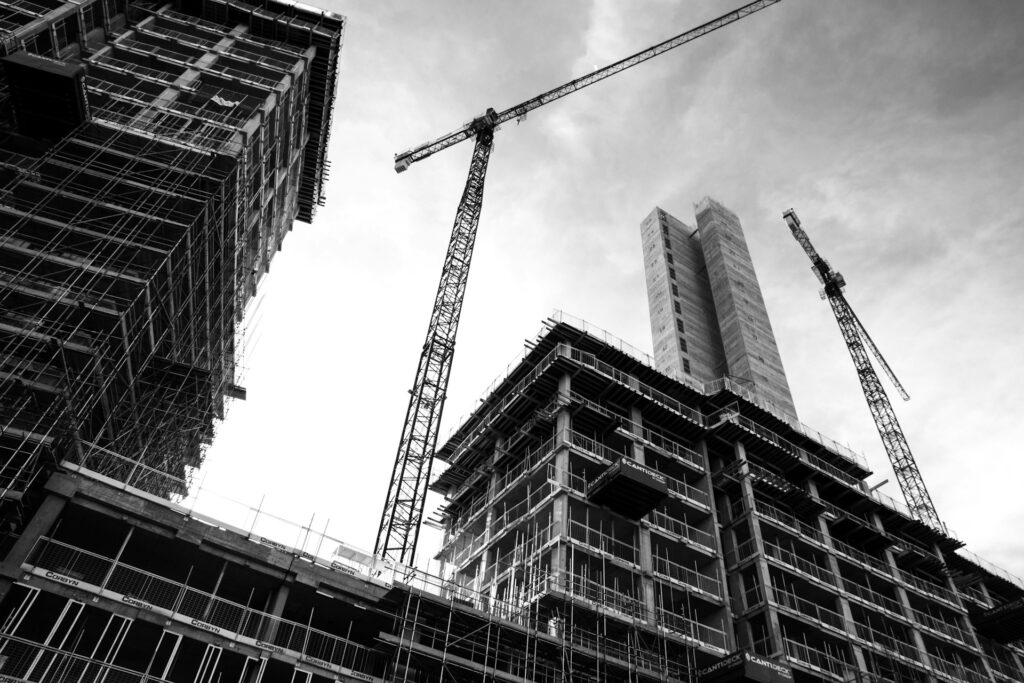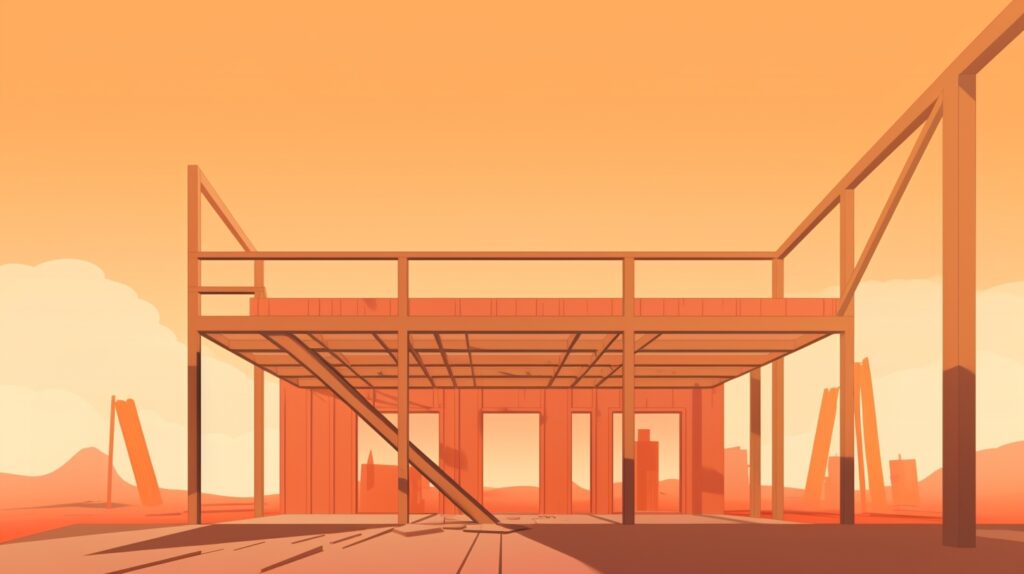Advanced Roofing: The Future of Roof Protection and Energy Efficiency
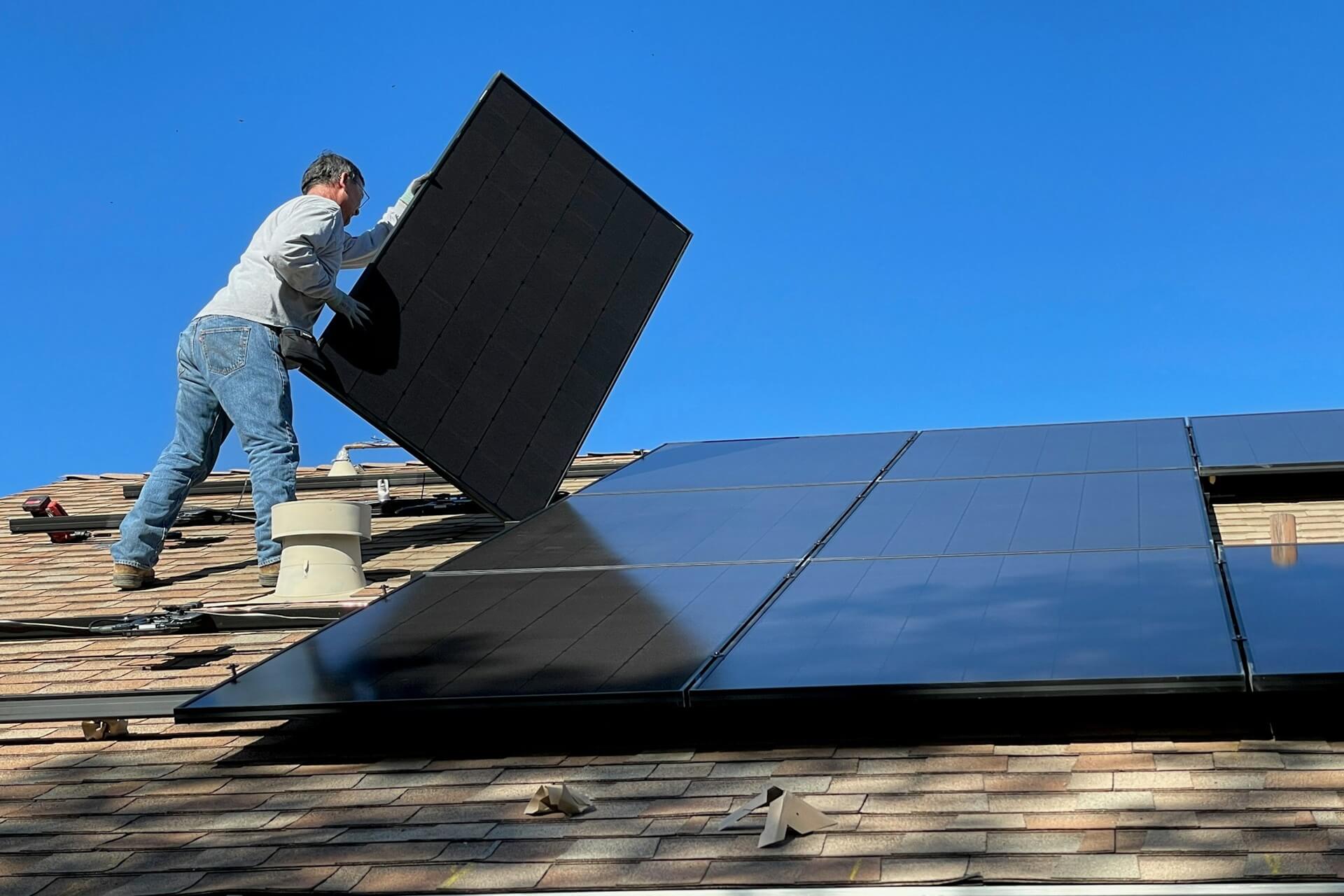
We are reader-supported. When you buy through links on our site, we may earn an affiliate commission.
Protecting your home from hurricane-force winds and the dangers of climate change is essential. How can you take advantage of modern technology? Your roof is the first line of defense and should be where you start. Fortunately, advanced roofing measures are keeping homes safe and reducing energy costs. Here’s what you need to know.
What Is Advanced Roofing?
Advanced roofing includes innovative technologies, sustainable materials and construction methods to enhance roof performance. Builders and contractors typically focus on energy efficiency and weather resistance to improve functionality and home values. Experts say roof repair can cost nearly $2,000, so extra resilience is necessary. Wind, age and seawater exposure are common causes of degradation.
These contemporary roofs aren’t just a trend — they’re becoming more prominent in construction worldwide. The top of your home or office building determines the facility’s efficiency. If you’re letting in heat or cold air, it’s not gonna work well. The last thing you want is higher utility costs because of your roof. The International Energy Agency (IEA) says global energy demand grew by 2.2%, alarming industry professionals.
What’s New in Advanced Roofing?
How will the planet tackle rising energy demand and conserve resources? Advanced roofing concepts are an excellent start. Here are five concepts you need to know.
1. Solar Power
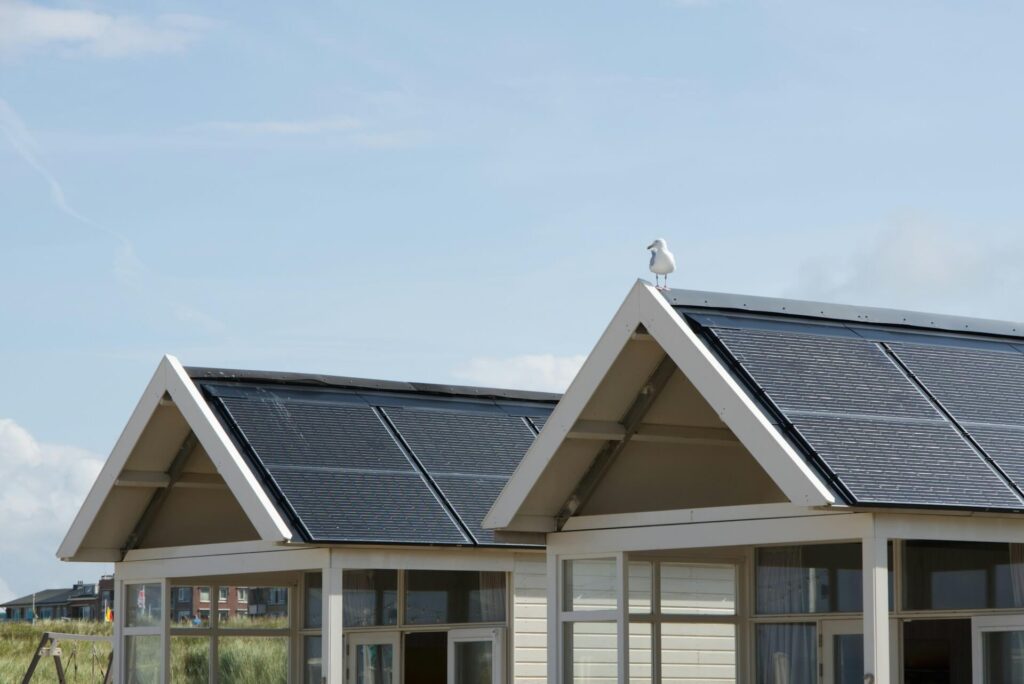
Solar power is all the rage lately, from photovoltaic (PV) panels to the paint on your home. Roofing companies have taken full advantage of the sun’s power by installing solar panels on roofs and letting homes generate electricity. These technologies can foster a more sustainable home and help you feel prepared for winter storms, despite the harshness.
While PV panels are becoming more popular, researchers have taken the next step in advanced roofing techniques. Nowadays, construction professionals use building-integrated PVs to incorporate solar power into shingles and tiles. Therefore, you can have a more aesthetically pleasing roof and be energy-efficient. How about that for the best of both worlds?
2. Fire-Resistant Materials
Keeping your home energy-efficient is essential, though protection is just as important. How can you safeguard your property or business during extreme weather events? You never know if a fire or wildfires will overwhelm your community, especially if you live in the Pacific Northwest. Luckily, construction practices have improved by replacing traditional materials with more resilient ones.
For instance, California building professionals are implementing titanium products to resist heat and embers. This strong metal reduces the chances of ignition despite extreme wildfire conditions. The last thing you want is an ember to reach your solar panels or metal roof, so the resistance is necessary.
3. Cool Roofing
Regardless of your location, the summer heat can quickly get brutal. From Illinois to Idaho, 100-degree days can ruin outdoor plans or even cause fatalities. The advanced roofing and siding solution is to implement a cool roof, which enhances sunlight reflection and reduces interior temperatures. Therefore, you’ll have an easier time saving money on utility bills.
You can achieve a cool roof in a few different ways. First, consider your paint by choosing highly reflective colors. You might not be surprised to know that white roofs minimize heat absorption and reduce HVAC use. It’s among the easiest and most accessible ways to combat climate change, so it’s become more commonplace worldwide.
4. Green Roofs

Green roofs look exactly like they sound. The tops of these buildings include vegetation to soak up the sun in more than just a Sheryl Crow way. Builders may contain shrubs, grass and flowers on the rooftop, while some property owners could start community gardens. Regardless, the objective is to protect the building from the worst UV rays, especially in cities.
Green roofs primarily aim to protect buildings from the heat island effect. This phenomenon occurs in urban areas because infrastructure makes cities hotter. From buildings to paved roads, heat gets trapped more easily here than in forests and fields. Green roofs combat the hot weather by absorbing the sun and reducing the heat transmission into buildings. Plus, it’s a lovely aesthetic for your living space.
5. EPDM Roofing
Combating global warming and increasing resilience means having science on your side. Therefore, your home may need ethylene propylene diene terpolymer (EPDM) roofing. While it sounds complex, this concept includes a single flat membrane to enhance long-term durability. In fact, researchers have successfully tested it against snow, wind and other weather conditions.
EPDM roofs include a few different applications: ballasted, adhesively adhered and mechanically attached. The first uses stone and gravel to keep your home intact, making it more affordable. Adhesives mean you utilize heavy-duty glue to tie sheets to the substrate. Mechanical attachments connect the roofing materials through hardware and are excellent for gigantic buildings.
What Are the Benefits of Advanced Roofing?

One of the most direct impacts is your utility bills. How does advanced roofing affect energy efficiency? The core principle of these eco-friendly solutions is reducing heat transmission, whether entering or exiting. Your interior temperature remains stable, so there’s a reduced need to use the HVAC. This system can use a lot of electricity, so advanced roofing concepts are beneficial in the long run.
From cool to EDPM roofing, it’s truly a win-win situation for everybody involved. If people start using these efficient concepts en masse, the planet could fight some adverse effects of climate change. For instance, the University of New South Wales in Sydney, Australia, says rooftop greenery cools major cities and reduces energy demand. Researchers found an 8% drop in cooling while testing in Seoul, South Korea.
Where to Find Advanced Roofing Services in the U.S.
Finding an advanced roofing company depends on the service you need, considering builders may have different specialties. Here are a few businesses implementing the best of modern construction processes:
- Inhabitect: This company specializes in green roofs and landscaping to make your home more energy-efficient. Inhabitect professionals introduce native plants, build habitats and install stormwater infrastructure around your building.
- GAF Energy: GAF Energy lets Timberline Solar seamlessly transition your home to renewable electricity. This advanced roofing option can withstand strong winds and shed water without drilling holes into your house.
- Westlake Royal Roofing Solutions: Cool roofing can be implemented in numerous ways. Westlake Royal Roofing Solutions uses efficient roof tiles to push warm air away from the home without using extra electricity or mechanical parts.
Considering Advanced Roofing for Your Home
These roofing solutions are practical for saving energy costs, making homes more comfortable and helping the environment. When there’s a win for everybody, getting them onboard with your plans is easier. Research and development have given construction professionals the tools and technologies to make these concepts come to fruition. Global warming and energy demand mean there’s a sense of urgency to incorporate advanced roofing ideas.

